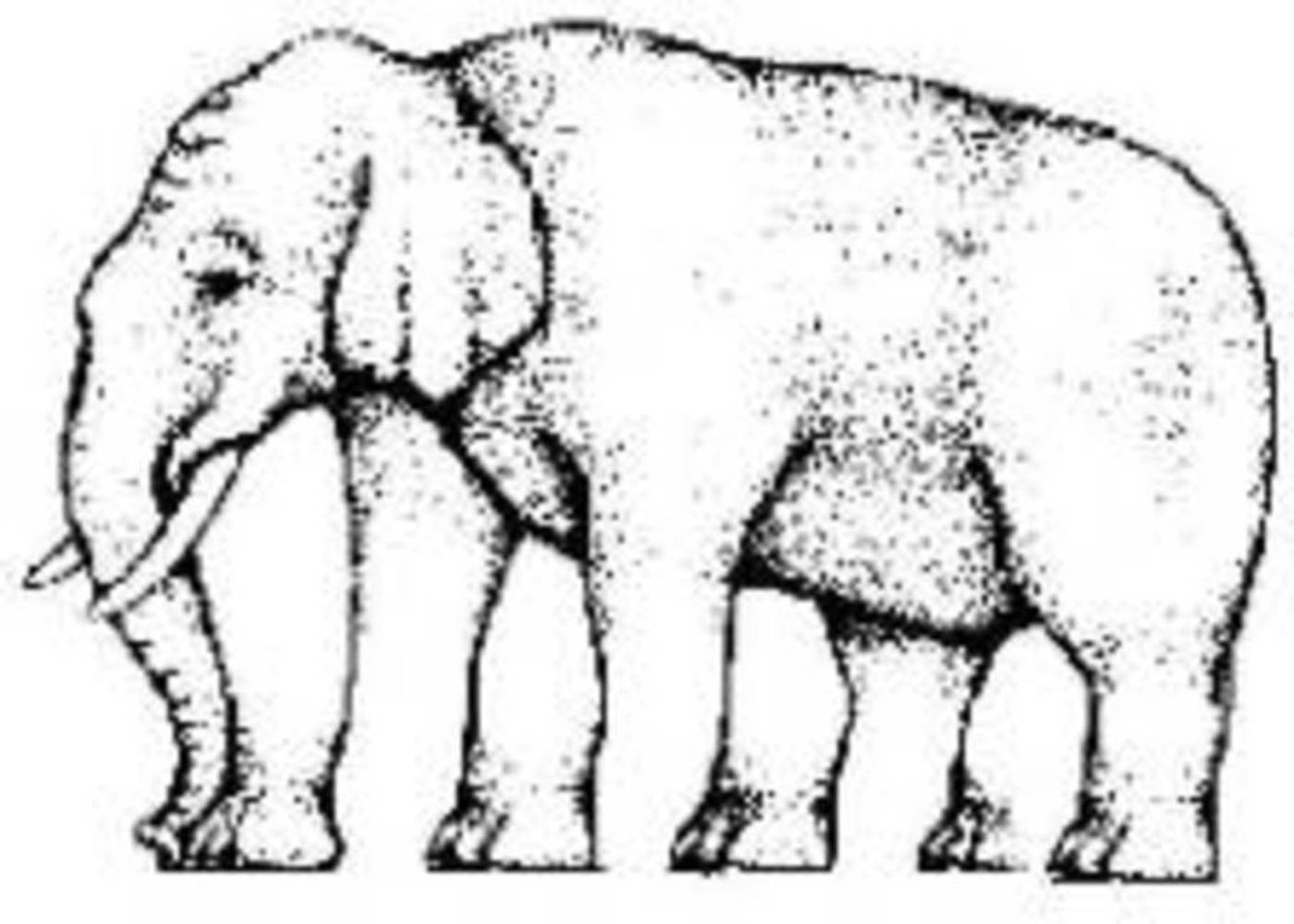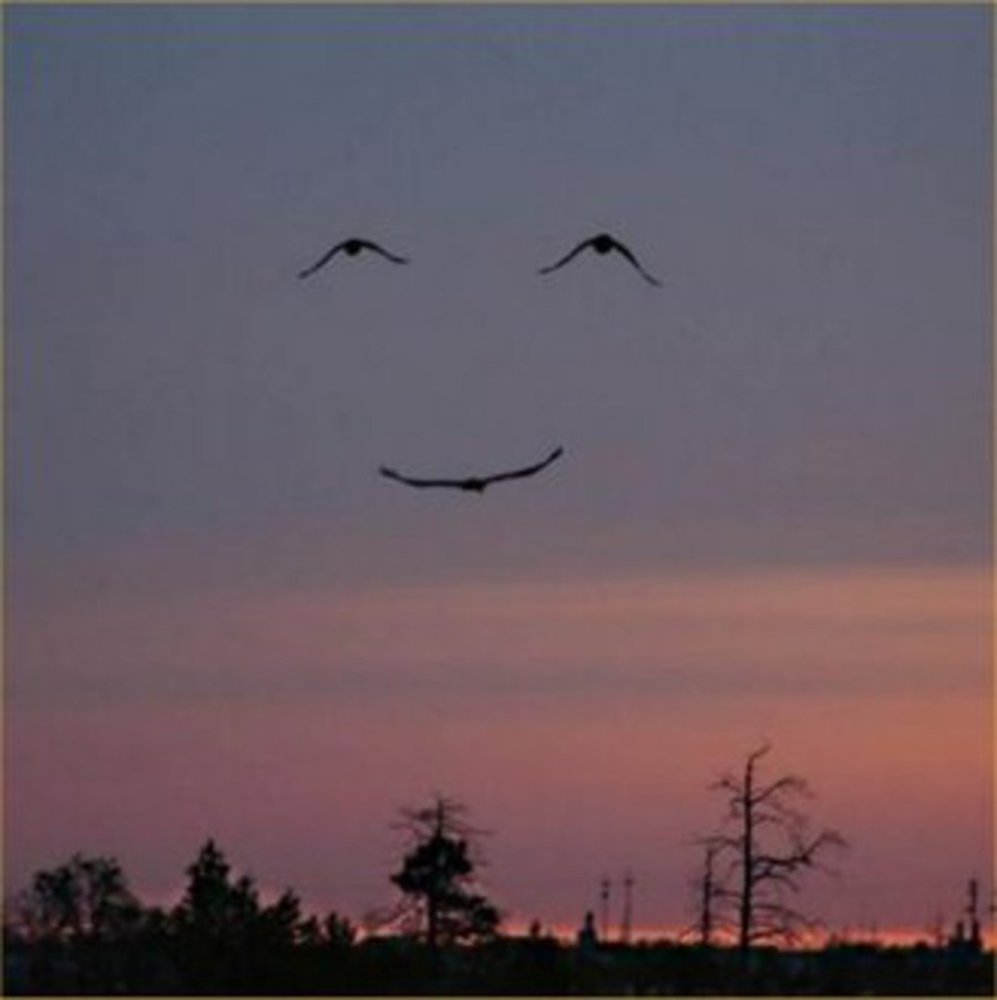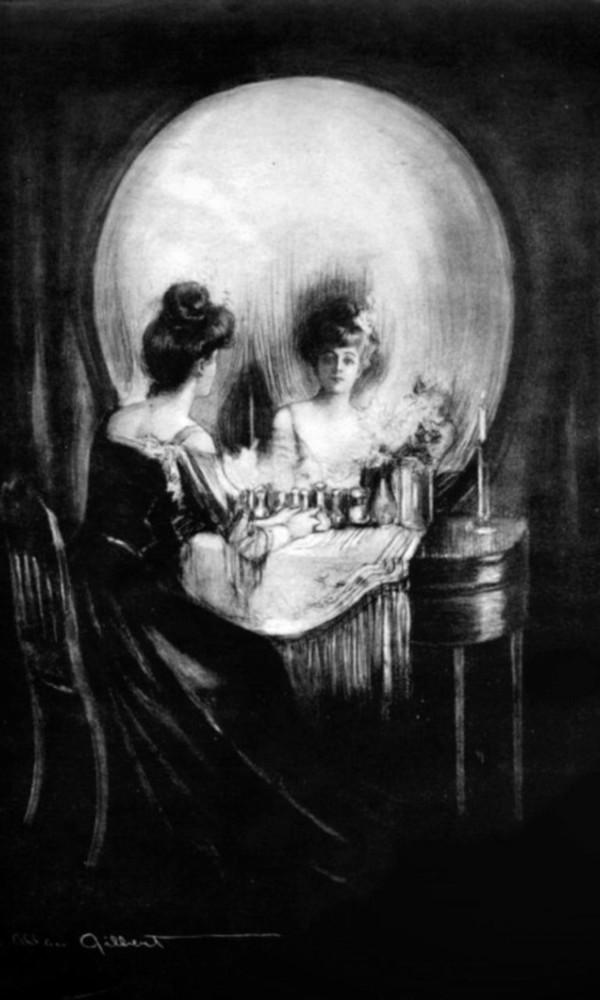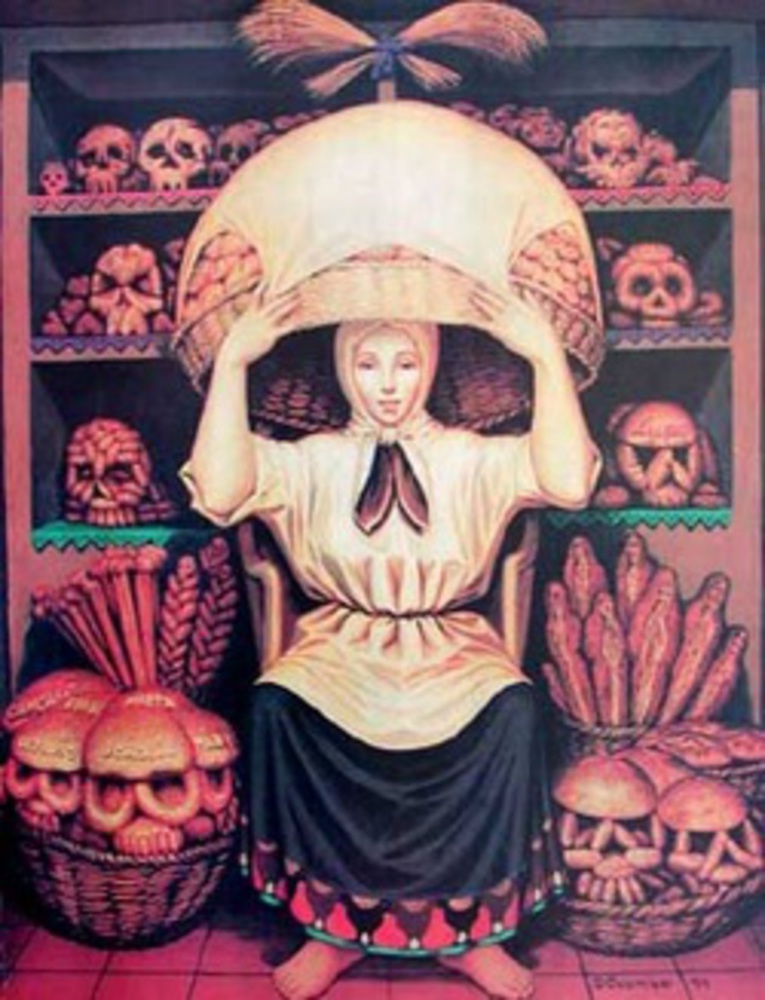The Trick: Literal Optical Illusions
Optical illusions are processed through the body's visual system and are misinterpreted by the mind. Within optical illusions, there are three types: cognitive illusions, physiological illusions, and finally literal optical illusions. A literal illusion is an image created by smaller images that are in no way related to the larger, overall image created.




